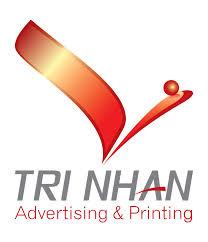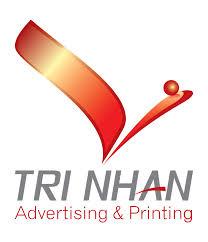As battery technologies advance and global electrification accelerates, manufacturers are facing unprecedented pressure to scale production while ensuring cost efficiency and structural reliability. Modern battery architectures require precise bonding techniques capable of handling thin foils, complex electrode assemblies, and increasingly dense pack configurations. These factors make welding technology a strategic investment rather than a routine equipment purchase. Battery producers and integrators are seeking machinery that not only delivers accurate welds but also adapts easily to variations in material properties and production speeds.
This increasing operational demand has placed the Power Battery Ultrasonic Welding Machine Market at the center of global manufacturing discussions. Ultrasonic welding offers unique benefits—minimal heat generation, short cycle times, reduced contamination risk, and consistent bond strength. These advantages support the high expectations of EV manufacturers, energy storage suppliers, and battery module designers. As product design requirements evolve, ultrasonic welding systems are becoming indispensable partners in maintaining quality while meeting aggressive manufacturing targets.
The expanding Power Battery Ultrasonic Welding Machine Market Size reflects rising investments from battery manufacturers seeking to future-proof their production lines. Gigafactory expansions across Asia, Europe, and North America are incorporating automated ultrasonic welding lines to optimize throughput. These facilities aim for long-term scalability, pushing equipment providers to innovate machines with higher durability, smarter controls, and multi-material compatibility. As a result, manufacturers benefit from reduced operational risk and more predictable production schedules.
One major driver behind market enlargement is the rapid adoption of electric vehicles. Governments worldwide are implementing policies that promote EV adoption through subsidies and emission regulations. Automotive companies are responding by investing heavily in high-capacity battery assembly plants. Ultrasonic welding machines play a crucial role in attaching cell tabs, assembling busbars, and forming electrical connections that must withstand vibration, thermal expansion, and long-term cycling. This creates a consistent demand for high-precision, high-reliability welding machines that can operate continuously in large-scale facilities.
Related Reports:
For more in-depth research insights, visit Infinity Market Research.
Stay informed with the latest updates on News Innings, Researcher Diaries, and Industry News Desk.


